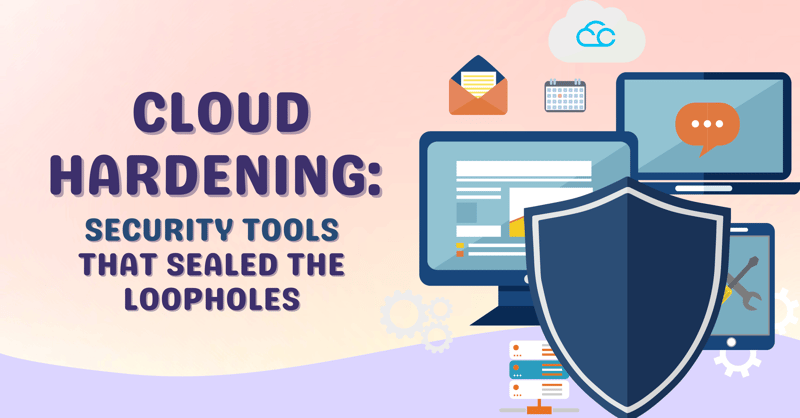
A safe environment, from infrastructure to cloud applications, is crucial from a technology perspective. A company's information security policy should be made clear to all personnel, and access control rules should be properly enforced (firewalls, passwords, etc.). It's time for cloud providers to realize the value of their services and provide assurances and guarantees so that IT can feel more secure.
We're finally seeing this security strategy in operation, even though it's excellent in theory. It is now possible to make the public cloud substantially more secure by integrating solutions from several vendors. In order to improve cloud security and alleviate current concerns, the following approaches can be used together.
Security and cryptography
In terms of technology, two things come to mind when discussing cloud security: encryption and authentication. Cryptography is one example. Having our data encrypted helps us ensure that no one else has access to it, if it's stored elsewhere. Network security is also an issue. It's important to us that no one can access our servers while we use the public cloud.
These two things, too, are a challenge. Cloud service providers typically don't encrypt data on their principal servers, so customers are on their own when it comes to protecting their data. Scaling horizontally is a problem, but securing data from a single server is straightforward. Many firewall rules, passwords and user names can be practically impossible to keep track of.
Fortunately, we now have a wide range of useful tools to choose from. Cloud-ready data encryption technologies are already being released by vendors. Extreme Compute, a cloud-only company, is one of several players in this sector. All of these solutions use the same basic principle: encrypt data and allow apps to access it through the use of encryption. Controlled access ensures that, even if cloud data is hacked, the data can be recovered (if not impossible).
Two separate services are required to implement Extreme Compute solutions for networking: a lightweight software component installed on your cloud servers and a back-end service that stores all the data the software may require and performs computations. Unauthorized or malicious access to a server can be detected by the program, which then implements network security rules, such as firewall rules. If you want to use the back-end service's unique functionality, you can save a base server image with the software installed and pre-configured rules and settings. They also have some interesting cloud server capabilities, such as multi-factor authentication.
Cloud server security can be improved by using these technologies, which also make data security easier. Using APIs, management dashboards, and portals, IT teams can manage rules and configurations for a large number of servers and monitor their security status more carefully.
Completing the circuit:
Final thoughts on safety: What safeguards are there against not being able to control the computer environment, particularly in a public cloud? SLAs made by cloud providers aren't always upheld. This is not enough for mission-critical enterprise applications in today's market, where service credits are typically limited to a single month's worth.
The public cloud can now be significantly more secure thanks to a combination of numerous technologies and services. We believe that cloud security can be used in almost any application scenario, even if it isn't as secure as a local data centre. Cloud computing adoption by the world's largest organisations should accelerate as a result of this.